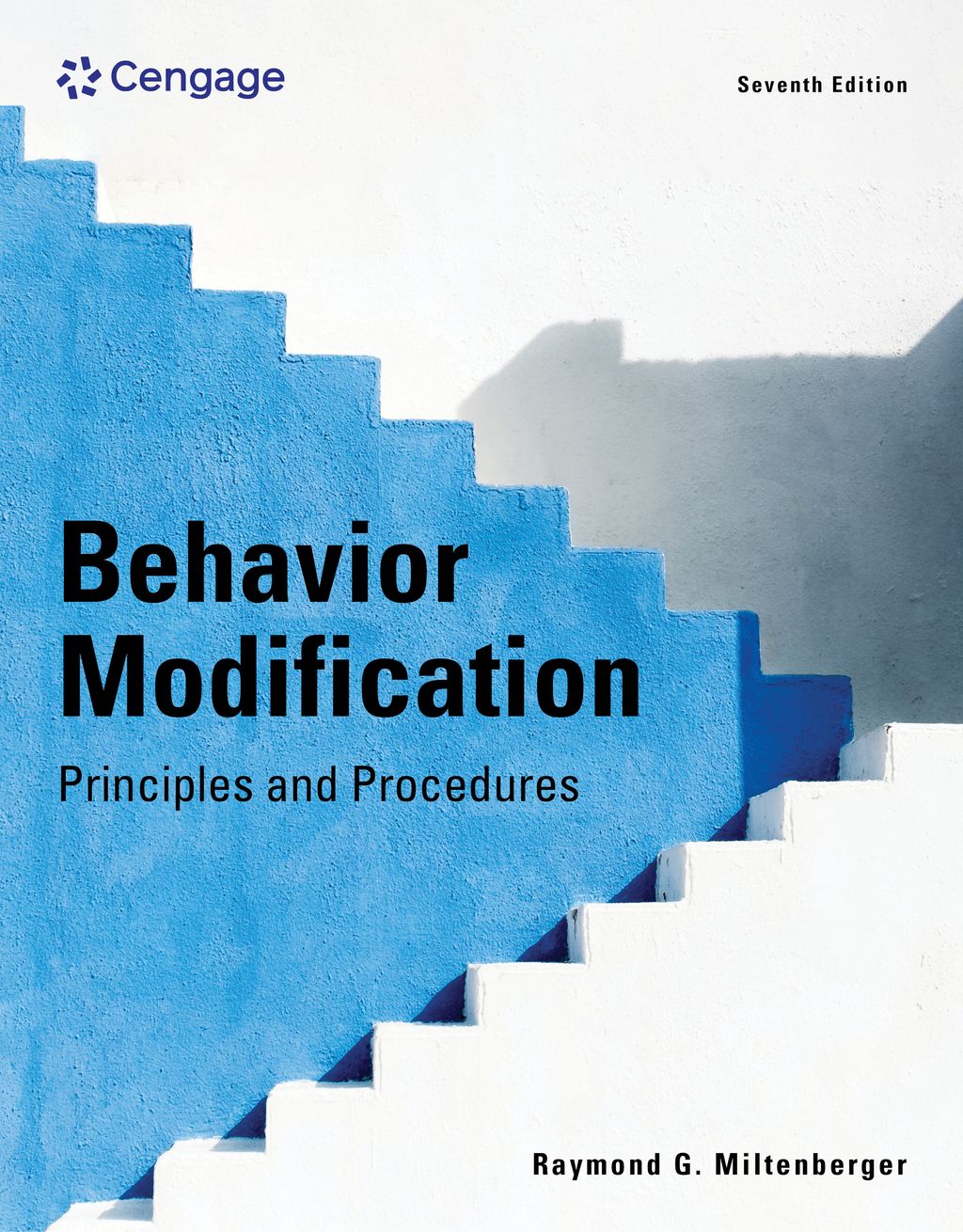Table of contents
1. Introduction to Behavior Modification.
2. Observing and Recording Behavior.
3. Graphing Behavior and Measuring Change.
4. Reinforcement.
5. Extinction.
6. Punishment.
7. Stimulus Control: Discrimination and Generalization.
8. Respondent Conditioning.
9. Shaping.
10. Prompting and Transfer of Stimulus Control.
11. Chaining.
12. Behavioral Skills Training Procedures.
13. Understanding Problem Behaviors through Functioning Assessments.
14. Applying Extinction.
15. Differential Reinforcement.
16. Antecedent Control Procedures.
17. Using Punishment: Time-out and Response Cost.
18. Positive Punishment Procedures and the Ethics of Punishment.
19. Promoting Generalization.
20. Self-Management.
21. Habit Reversal Procedures.
22. The Token Economy.
23. Behavioral Contracts.
24. Fear and Anxiety Reduction Procedures.
25. Cognitive Behavior Modifications.
2. Observing and Recording Behavior.
3. Graphing Behavior and Measuring Change.
4. Reinforcement.
5. Extinction.
6. Punishment.
7. Stimulus Control: Discrimination and Generalization.
8. Respondent Conditioning.
9. Shaping.
10. Prompting and Transfer of Stimulus Control.
11. Chaining.
12. Behavioral Skills Training Procedures.
13. Understanding Problem Behaviors through Functioning Assessments.
14. Applying Extinction.
15. Differential Reinforcement.
16. Antecedent Control Procedures.
17. Using Punishment: Time-out and Response Cost.
18. Positive Punishment Procedures and the Ethics of Punishment.
19. Promoting Generalization.
20. Self-Management.
21. Habit Reversal Procedures.
22. The Token Economy.
23. Behavioral Contracts.
24. Fear and Anxiety Reduction Procedures.
25. Cognitive Behavior Modifications.
×

